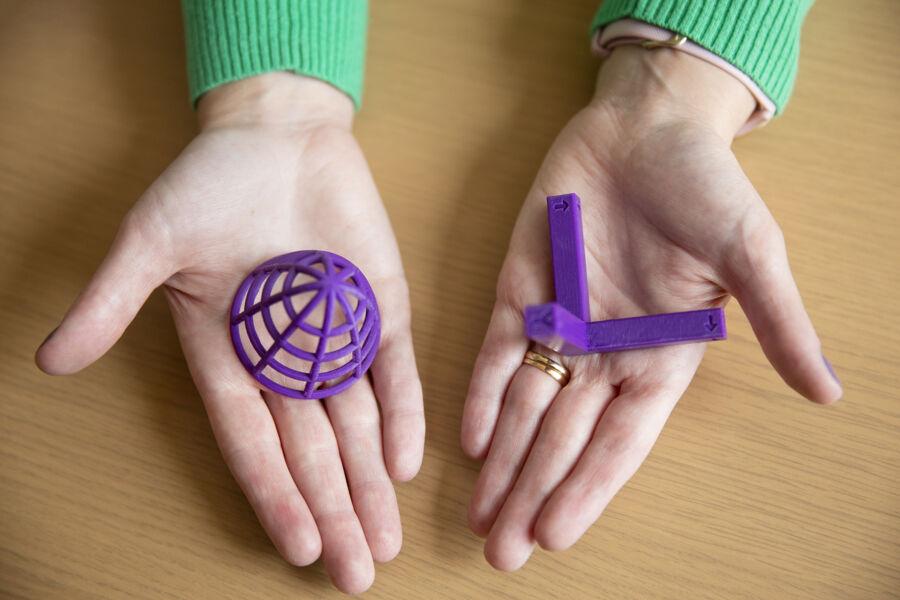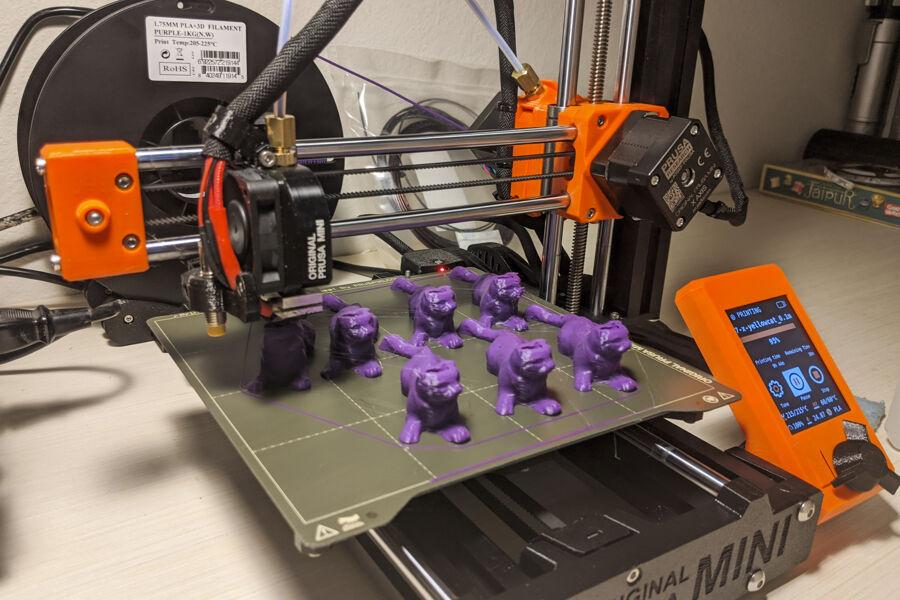How One Professor Makes Calculus Fun
Last fall, Assistant Professor of Mathematics Kaitlyn Phillipson was prepared for the challenge of teaching Calculus over Zoom.
Along with her husband, Assistant Professor of Mathematics Mitch Phillipson, she recorded videos that explained mathematical concepts in a humorous way. Her students would watch the videos on their own and then, during class, Phillipson would work through related problems, showing her work on Google Jamboard, a digital whiteboard. Students who got stuck on homework assignments could email her a picture of their work, and Phillipson would reply with suggestions.
But Phillipson knew that teaching Calculus 3 remotely would be tricky. The course applies concepts from Calculus 1 to three-dimensional space. For instance, instead of working with circles, the class works with spheres.

In normal times, Phillipson would bring three-dimensional shapes — like a yoga ball — to class to demonstrate the concepts. But this approach doesn’t work as well on Zoom, because objects on a computer screen look two-dimensional. Phillipson decided each student needed a set of physical objects to hold and view from all angles to visualize the concepts she was teaching. Using a 3-D printer and PLA, a bioplastic, she made a set of small model objects for each of the seven students in Calculus 3.
Each set includes the same four abstract shapes. The students can use them for exercises like visualizing a tangent plane, which is a plane that brushes the surface at a single point. By holding the model in one hand and an index card in the other, the students can understand how a plane – the index card – would intersect each object at different angles.
The fifth model object is a cat sitting sphinxlike on its belly. Students in Calculus 3 tackle problems in which they calculate the area inside an irregular shape using measurements from its border, and in which the direction an object moves along the border of a shape influences the results. Having a cat to physically move around a shape in different directions gives students a playful way to visualize the concept.

Phillipson, who took up sewing during graduate school, made a cheery fabric bag to hold each model kit. It was a good activity to do while staying at home — and the zippered bags were a functional souvenir for the students after the class was over. The project gave Phillipson a way to stay connected with her students while they were separated.
“As faculty, we're doing everything we can to ensure the students have a good education this fall and still take care of them,” she says.


